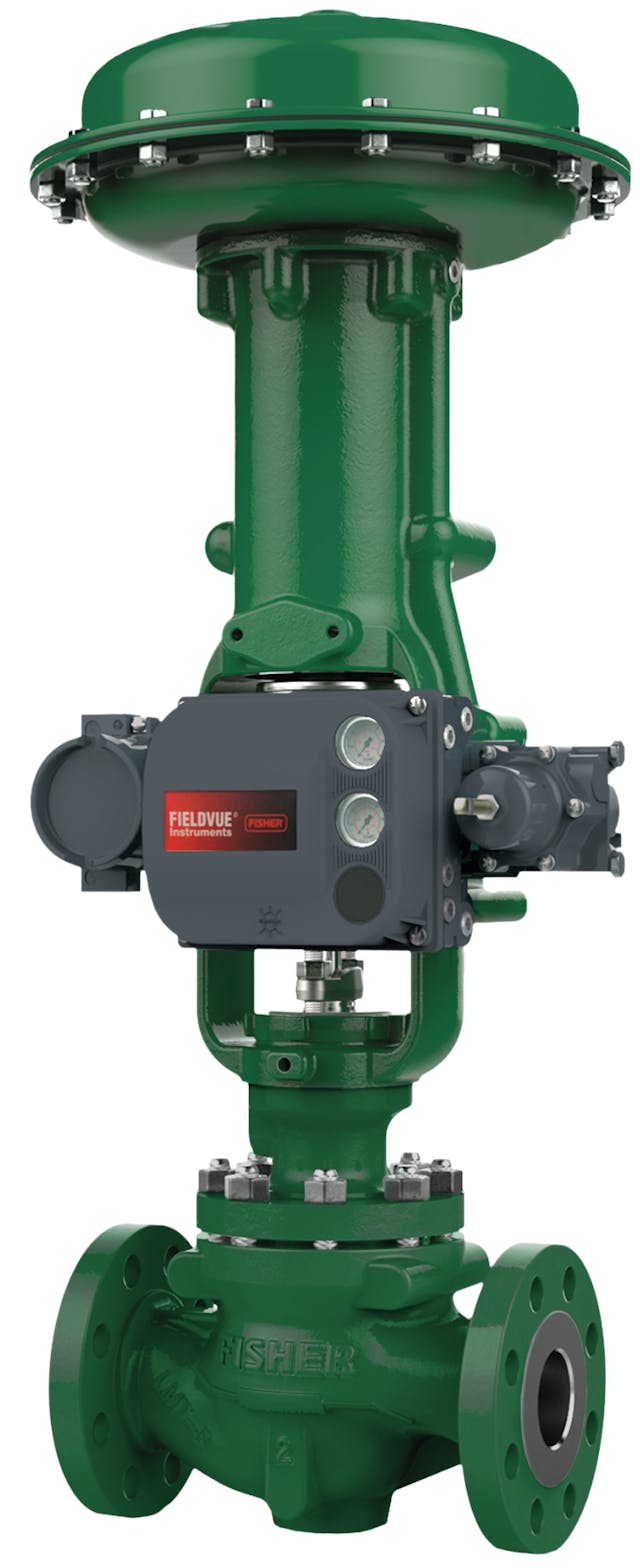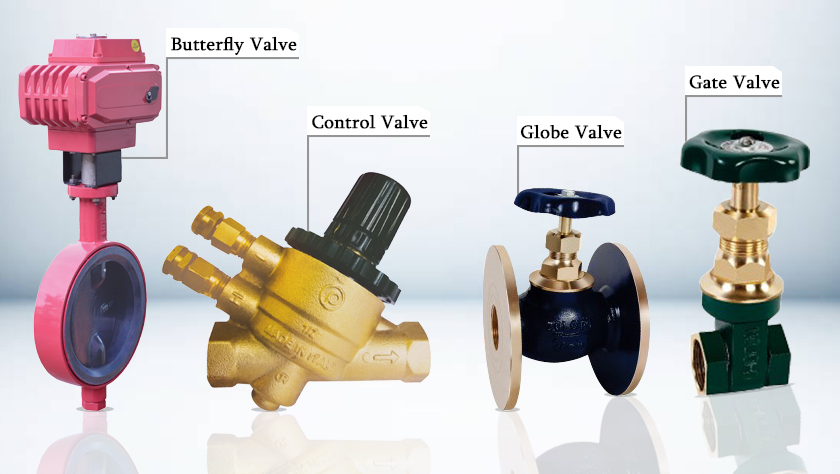How Control Valves Impact Power Efficiency in Industrial Settings
Wiki Article
Achieve Seamless Combination and Control With Top Quality Building Automation Controls
In the realm of modern-day structure management, the importance of quality structure automation controls can not be overemphasized. Welcoming high quality structure automation controls is not simply an issue of convenience but a calculated essential for organizations intending to optimize their facilities' performance and sustainability.
Evolution of Structure Automation Controls
Throughout the past few years, the evolution of developing automation controls has substantially transformed the way structures are managed and run. Initially, constructing automation systems mostly concentrated on standard functions such as managing heating, air, and air flow conditioning (HEATING AND COOLING) systems. As technology advanced, these controls have actually become a lot more sophisticated, permitting for a wider array of building systems to be integrated and handled centrally.The development of building automation controls has seen a shift towards more smart systems that can adjust to changing problems in real-time. This versatility is critical for enhancing energy effectiveness and making certain occupant comfort. Furthermore, modern-day structure automation controls currently offer attributes such as predictive upkeep, remote surveillance, and information analytics, enabling center managers to make data-driven decisions to enhance structure performance.

Advantages of Quality Combination
The innovation in building automation regulates in the direction of more intelligent systems has emphasized the significant benefits of high quality assimilation in enhancing building procedures and improving total efficiency. Quality assimilation of building automation controls offers several vital benefits. Firstly, it results in improved power performance by permitting various systems to interact flawlessly, guaranteeing optimal performance and minimizing power wastefulness. Quality integration enhances passenger comfort and efficiency by enabling personalized control over environmental setups like air, illumination, and temperature level quality. This personalization can result in a much more helpful and comfy working or living setting. In addition, top quality combination simplifies maintenance and repairing procedures, as all systems are adjoined and can be kept an eye on and regulated from a centralized user interface. This centralized control also offers better presence and insights right into building performance, allowing aggressive maintenance and optimization methods. In general, the benefits of top quality integration in structure automation controls are indisputable, offering raised efficiency, comfort, and operational performance.Enhanced Customer Experience and Ease Of Access
Enhancing customer communication with structure automation controls with intuitive layout and improved availability boosts the total experience for residents and facility managers alike. By concentrating on user experience, building automation systems can come to be much more user-friendly and reliable. Instinctive user interfaces, clear navigating, and adjustable settings encourage individuals to interact with the controls easily and click resources properly.Availability features play a critical function in ensuring that all people, consisting of those with disabilities, can make use of the structure automation controls easily. Including attributes such as voice commands, responsive switches, and color-contrasted display screens can enhance availability and make the controls a lot more comprehensive.
In addition, enhanced individual experience brings about higher individual fulfillment, boosted efficiency, and better decision-making. Passengers can change ecological setups according to their choices, while facility managers can efficiently check and handle structure systems - control valves. Overall, focusing on individual experience and ease of access in building automation see this site regulates adds to a much more smooth and productive structure setting for all stakeholders involved
Sustainable Practices With Automation

In addition, automation can promote the assimilation of renewable resource sources such as photovoltaic panels or wind turbines into structure operations. By instantly changing energy usage based on the availability of eco-friendly energy, buildings can better reduce their dependence on non-renewable resources. This seamless integration of lasting practices not just benefits the atmosphere but additionally boosts the total functional effectiveness and cost-effectiveness of the structure. With automation, buildings can align with modern-day sustainability objectives and add to a greener future.
Future Trends in Structure Control Solution
In expectancy of advancing and progressing innovations sustainability practices, the trajectory of building control systems is positioned to accept transformative approaches and innovative services. One prominent pattern shaping the future of structure control systems is the boosted combination of Artificial Intelligence (AI) and artificial intelligence. These modern technologies enable structures to adapt in real-time to altering problems, maximizing energy consumption and improving convenience for owners. In addition, the Internet of Points (IoT) is changing building control systems by connecting sensing units and gadgets to enhance and enhance operations efficiency.
One more essential fad is the focus on cybersecurity procedures to safeguard against potential threats to developing automation systems. As buildings end up being more interconnected, making certain durable cybersecurity protocols will be necessary to guard delicate data and stop unauthorized gain access to.
Moreover, the change towards cloud-based systems have a peek at this site is obtaining energy, enabling streamlined control and remote accessibility to building systems. This assists in simpler surveillance, upkeep, and updates, boosting the overall efficiency and flexibility of building control systems. As modern technology remains to advance, these fads are anticipated to form the future landscape of building automation controls, driving advancement and sustainability in the built setting.
Verdict
Future trends in building control systems are most likely to concentrate on more enhancing automation capabilities for improved energy effectiveness and total performance. It is crucial for building proprietors and operators to prioritize the fostering of top quality structure automation manages to optimize structure operations and achieve lasting sustainability goals.In the world of modern structure monitoring, the significance of high quality building automation controls can not be overstated. Generally, the evolution of building automation manages proceeds to drive development in the building management sector, providing new possibilities for creating smarter and much more lasting buildings.
The development in building automation regulates in the direction of even more intelligent systems has emphasized the substantial advantages of high quality combination in enhancing structure procedures and boosting overall effectiveness. On the whole, prioritizing individual experience and access in building automation regulates contributes to a more seamless and effective structure atmosphere for all stakeholders included.
It is necessary for building proprietors and operators to prioritize the fostering of quality structure automation regulates to optimize building procedures and accomplish long-lasting sustainability objectives. - control valves
Report this wiki page